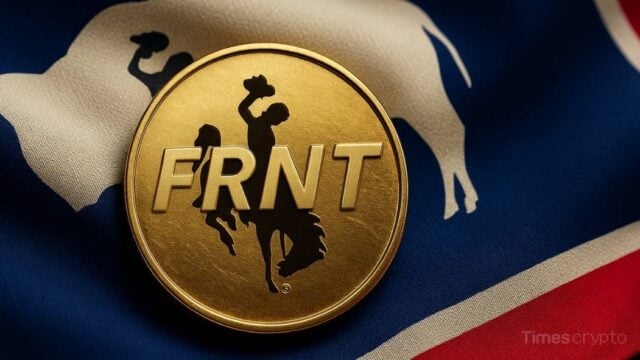Key Insights:
- Stablecoin Market Hits $230B – Institutional adoption and regulatory support fuel rapid expansion.
- Tether Dominates With 62.6% Share – USDT leads at nearly $144B, while USDC follows at $59B.
- Regulations Drive Growth – U.S. and Hong Kong ease restrictions, boosting institutional participation.
The stablecoin market capitalization reached beyond $230 billion for the first time as a result of increased institutional participation together with regulatory progress. DefiLlama data demonstrate that the stablecoin market experienced a $2.3 billion growth over the last seven days. The stablecoin market experienced a 56% growth when compared to this same period from last year.
Market Surges Amid Regulatory Support
Tether’s USDT leads the stablecoin arena by controlling 62.6% of the market which equates to almost $144 billion. Circle’s USDC holds a market capitalization of $59 billion. The stablecoin market reached its highest point of nearly $190 billion in April 2022 before experiencing a sudden downturn later that year because of Terra-Luna’s failure and financial issues at FTX, Celsius, and BlockFi. The stablecoin sector has been experiencing gradual recovery since mid-2023 because institutional investors are leading the growth momentum.
Stablecoins have regained strength thanks to recent regulatory changes. Donald Trump publicly supported dollar-backed stablecoins during his speech on Thursday by highlighting their importance to maintaining the U.S. dollar’s global supremacy. According to DefiLlama the stablecoin market expanded by roughly $20 billion since Trump took office in January.
Stablecoin Adoption and Market Expansion
Additionally the U.S. Senate Banking Committee progressed the “GENIUS Act” through a recent voting session. The new bill proposes regulations which enforce one-to-one backing and anti-money laundering procedures for stablecoins. The executive director of the President’s Council of Advisers on Digital Assets Bo Hines predicts stablecoin legislation will reach completion shortly. The anticipated regulatory changes should deliver improved clarity and spur additional institutional adoption.
Financial entities are adopting stablecoins into their operational processes while simultaneously contributing to market expansion. According to LVRG Research Director Nick Ruck both the United States and Hong Kong have eased legal restrictions which now enable traditional finance companies to enter the space.
Institutions and Regulations Drive Growth
PayPal among other companies now issues stablecoins to enable fast international transactions as well as both on-chain and off-chain payments. Stablecoin growth indicates investors believe that trading conditions will improve and a bullish market trend will emerge. Paul Howard, senior director at crypto trading firm Wincent, highlighted that stablecoins are becoming a preferred mechanism for intra-company and cross-border payments. The market potential for stablecoins increases as regulatory guidelines become more established while institutions show growing interest.
The stablecoin market shows rapid expansion through regulatory backing and institutional involvement which pushed it past the $230 billion threshold. Historical downturn recoveries demonstrate how the sector builds resilience as its usage continues to grow among financial sectors. Stablecoins will become essential components of the digital asset industry as regulatory bodies create their governing systems.







